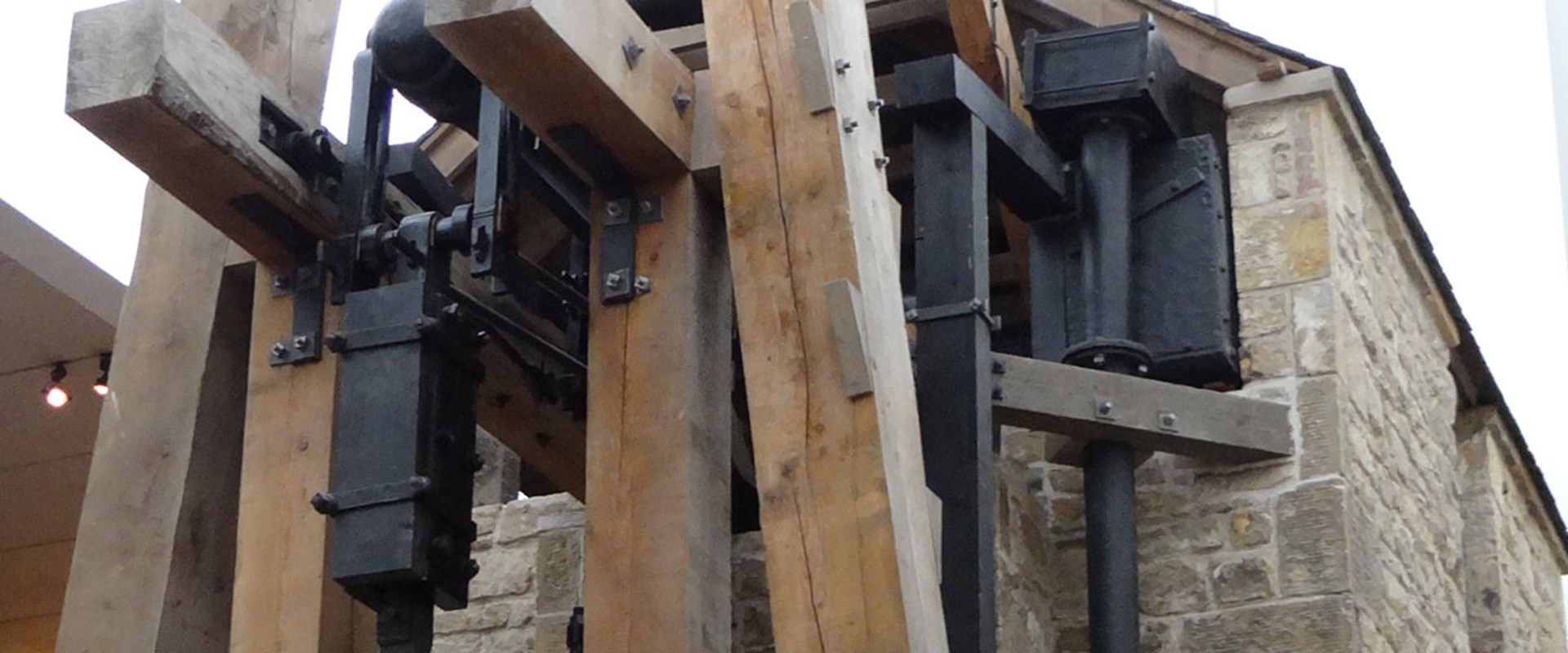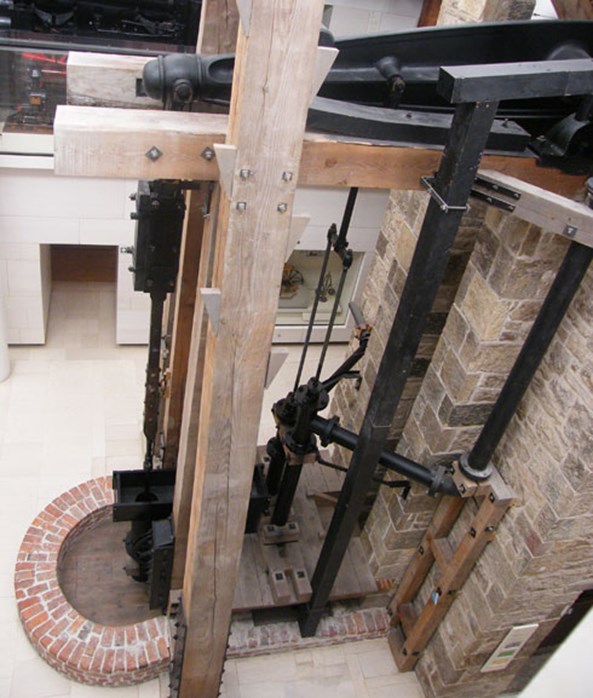Key in a search term below to search our website.
Key in a search term below to search our website.

Visitors to the Scotland Transformed gallery at National Museum of Scotland cannot miss the mighty Newcomen engine. Towering 9.5m high, it forms the centrepiece of the gallery, which tells Scotland’s story from the 18th to 19th centuries, from the Union of 1707 to the Industrial Revolution.
Date
1811 (although some parts were recycled from earlier Newcomen engine)
Made in
Falkirk, Scotland
Made by
The Carron Company, from a design by Thomas Newcomen (1664-1729)
Made from
Cast iron, wood
Dimensons
Height 9.5m, length 9.5m, width 45.m
Weight
20 tonnes
Acquired
Gifted by the Burgh of Kilmarnock
Museum reference
On display
Scotland Transformed, Level 3, National Museum of Scotland
Did you know?
Thomas Newcomen invented the first steam engine in 1712.
The engine operated at the Caprington Colliery, Ayrshire. It was built to a design created by Thomas Newcomen, who created the first steam engine to pump water by devising a method to generate power from atmospheric pressure.

Above: The Newcomen engine in the Scotland Transformed gallery.
His engine utilised a piston working within an open topped cylinder. The piston is connected by chains to a rocking beam. At the other end, the beam is connected to the pumps in the mine by a rod. On the outboard stroke, the cylinder is filled with steam from the boiler and then cold water is injected into the cylinder to change the steam back to water and create a vacuum (when water turns to steam it expands 1500 times, so a contained volume of steam, if condensed back to water, will create a vacuum). The vacuum then pulls the piston down and, via the rocking beam, raises the plunger in the water pump.
The diagram shows this principal in action. Steam is show as pink and water as blue. The valves move from closed (red) to open (green).
The Caprington Colliery opened in the mid-seventeenth century and constantly had problems with drainage as it was located in the low-lying Irvine valley. The Carron Company, Falkirk, first supplied parts for a Newcomen Engine to Sir William Cunninghame of Caprington in 1781, but the pumping shaft collapsed in 1828 and that mine was subsequently abandoned.
Despite having a poorer fuel efficiency than a Watt engine, another Newcomen was ordered from the same firm in 1811 at a cost of £352.42. This was perhaps because fuel was in abundance and a one-off payment for a Newcomen was easier to manage than an annual licence fee to Boulton and Watt.
The engine was erected on a site near Earlston. One of its component parts, a knee pipe bearing the inventory number N1708, was recycled from the original 1781 engine. The new engine drained the Blind Coal seam at a depth of 50 metres and worked continuously for ninety years, with a replacement cast iron beam in c.1837 and several new boilers.
In 1901, the engine was replaced by electric pumps and gifted to the Burgh of Kilmarnock by Colonel Cunninghame of Caprington. Andrew Barclay & Sons were commissioned to erect the engine at the Dick Institute, where it remained until 1958, when the structure was deemed to be unstable.
The engine then remained in storage for forty years, until the opening of the new Museum of Scotland in 1998 gave it new life. Rebuilt inside the Museum during construction, the restored engine boasted new components to replace those that were in poor condition or missing, including the original wooden parts and the engine house, which was designed based on existing engine houses from the period, historical documents and photographs.
The engine can be found in the Scotland Transformed gallery. It is operated by hydraulic power and you can see it in motion at various times throughout the day. The display is complemented by a working model of a Newcomen engine, also on display in Scotland Transformed.